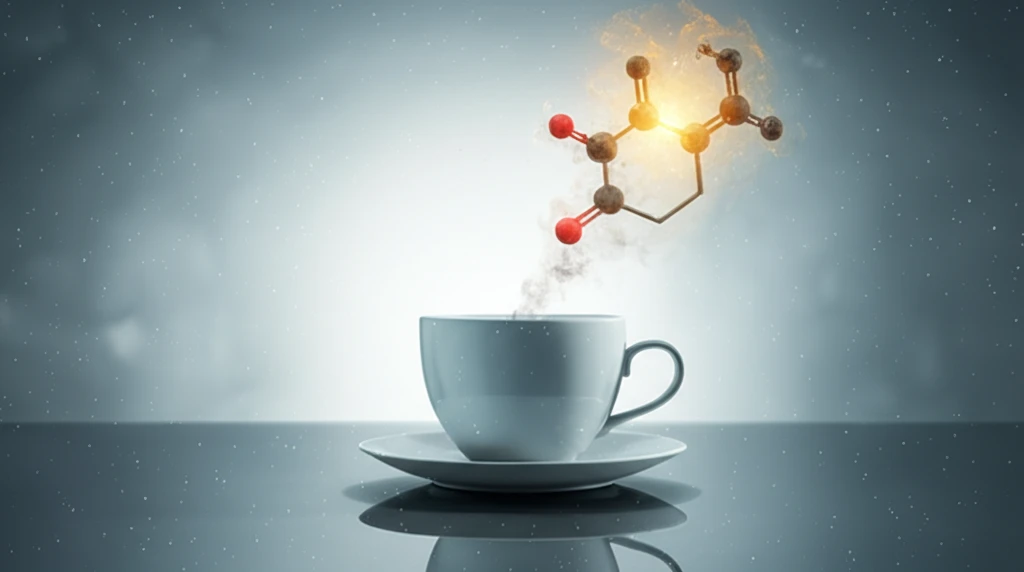
Is Chlorothalonil Lurking in Your Tea? A New Way to Detect This Fungicide
"Scientists develop a rapid electrochemical method for detecting chlorothalonil in tea, ensuring safer sips for everyone."
In today's world, the presence of contaminants in food and beverages is a growing concern. Among these, endocrine disruptors (DEs), which include certain pesticides, pose a significant threat due to their ability to interfere with hormonal systems in both humans and animals. These substances accumulate in the environment, affecting ecosystems and potentially causing long-term health issues. Therefore, accurate and efficient methods for monitoring pesticides are more critical than ever to safeguard public health and environmental integrity.
Chlorothalonil (CTL), a widely used organochlorine fungicide, is frequently found in agriculture to protect crops from fungal diseases. It's used on everything from vegetables and fruits to turf and ornamental plants. Unfortunately, CTL is classified as a category II toxic substance by the U.S. Environmental Protection Agency (EPA), indicating it's moderately toxic. Regulatory bodies like the Brazilian National Health Surveillance Agency (ANVISA) set maximum residue levels (MRLs) for CTL in various agricultural products to mitigate potential health risks, underscoring the need for continuous and improved monitoring techniques.
Conventional methods for detecting CTL in environmental and food samples often involve chromatographic and spectroscopic techniques, which can be time-consuming and costly. Given these limitations, there's a growing demand for rapid, cost-effective, and on-site detection methods. This has spurred the development of electroanalytical techniques, which offer quick and portable solutions for pesticide detection. One promising approach involves using boron-doped diamond electrodes (BDDs), known for their wide potential range, high stability, and low adsorption properties, to enhance the detection sensitivity and accuracy of CTL.
How Does the New Electrochemical Method Work?

Researchers have developed a straightforward electroanalytical method using boron-doped diamond electrodes (BDDs) for the rapid detection of chlorothalonil. This method leverages square-wave voltammetry (SWV) to analyze samples, providing a fast and direct approach to pesticide detection. Here’s a breakdown of the process:
- Electrode Pre-treatment: The BDD electrode undergoes pre-treatment, involving both anodic and cathodic conditioning, to optimize the surface for chlorothalonil detection.
- Square-Wave Voltammetry: SWV is performed to identify the reduction peaks of chlorothalonil. Parameters such as pulse amplitude, frequency, and step potential are optimized to enhance sensitivity.
- Data Analysis: The peak currents from the voltammograms are used to create an analytical curve, which plots the concentration of chlorothalonil against the measured current.
Why Is This Method Important for Consumers and the Environment?
This research offers a promising step forward in ensuring the safety and quality of our food and environment. By providing a rapid, sensitive, and cost-effective method for detecting chlorothalonil, it supports better monitoring and compliance with safety standards. The electrochemical method using BDD electrodes and SWV is not only effective but also versatile, offering potential for on-site testing and broader application in environmental and food safety monitoring. This innovation contributes to reducing the risks associated with pesticide contamination, promoting healthier ecosystems, and safeguarding public health.
